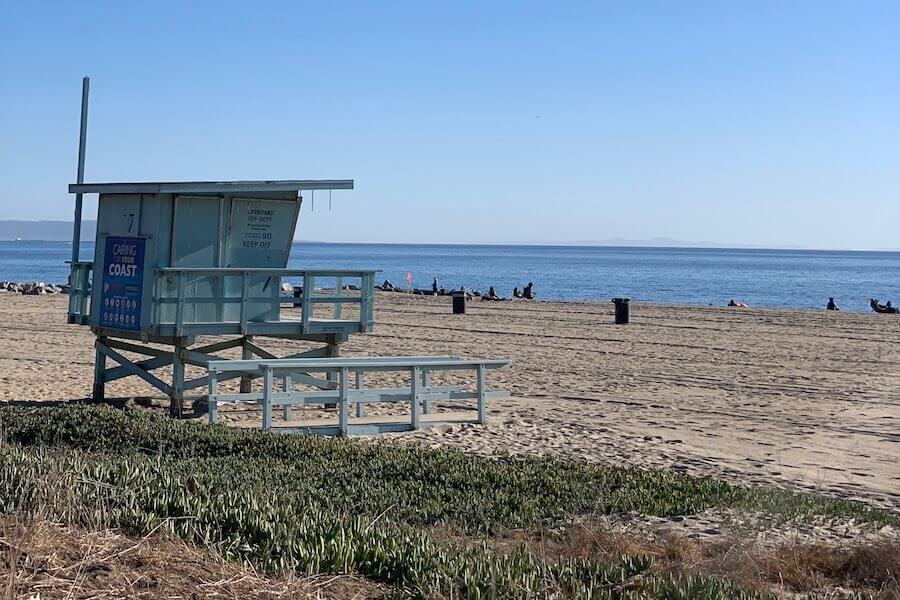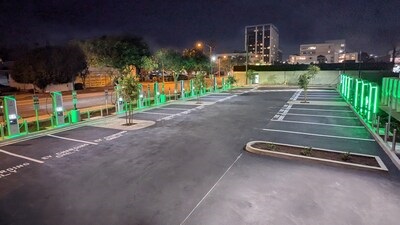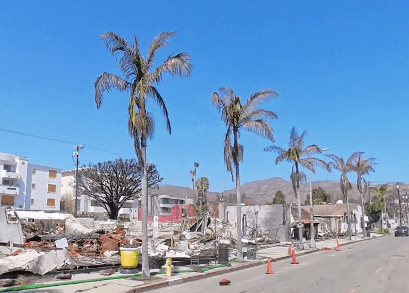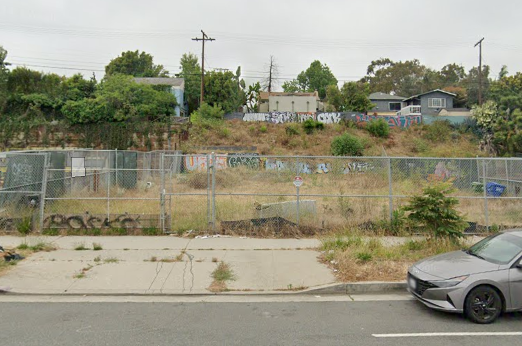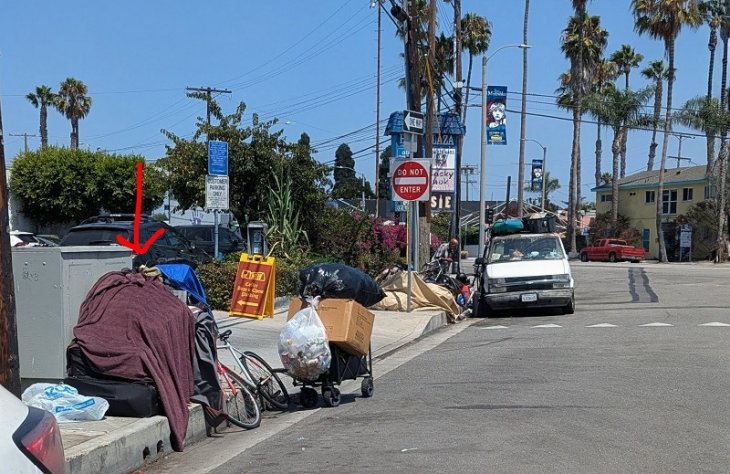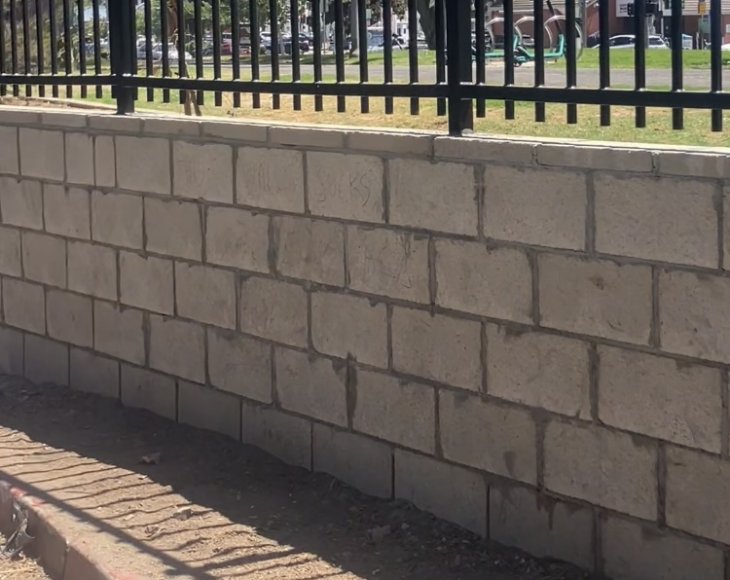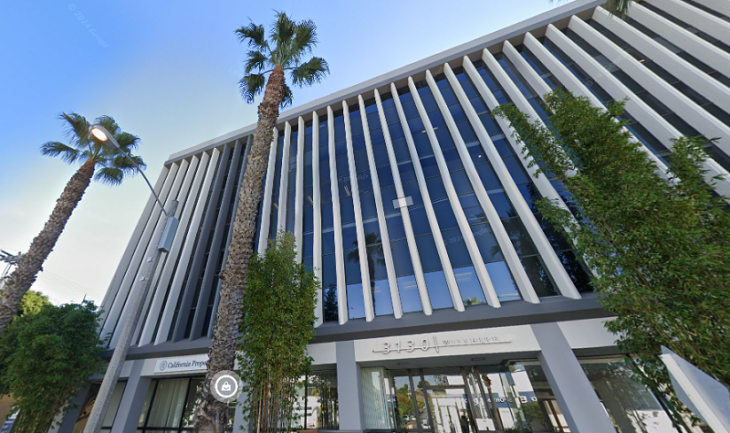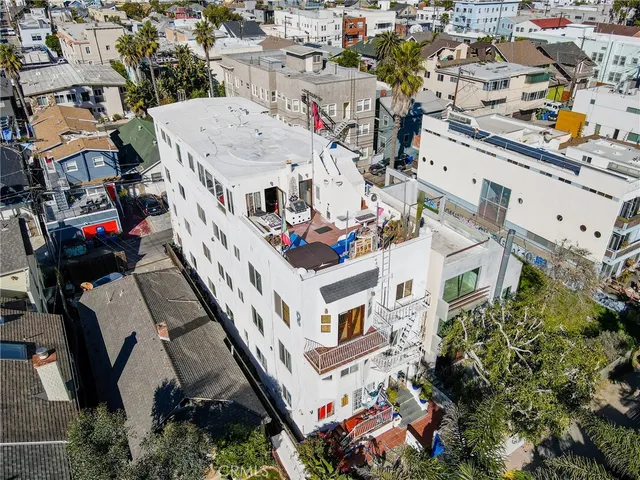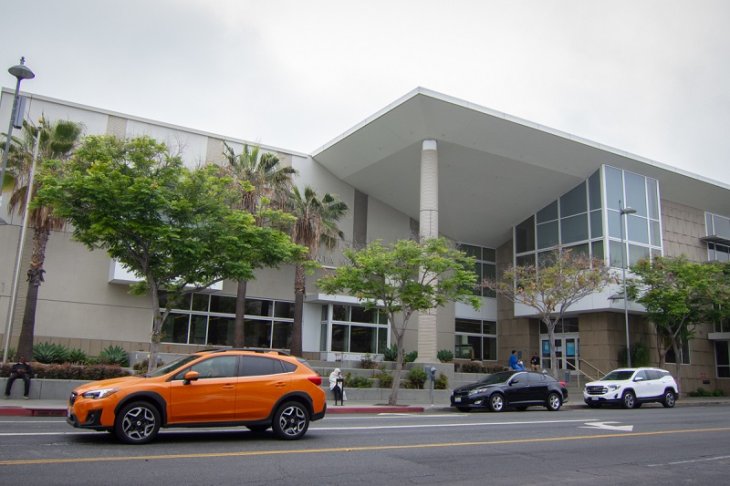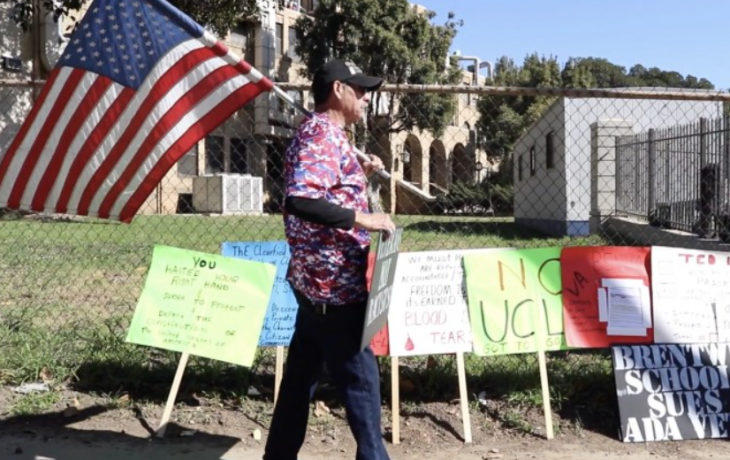The site, located on flat, open land near the burn zone, will serve as a staging area where materials will be consolidated
Federal, state, and local agencies will designate the Will Rogers State Beach parking lot as a temporary processing site for hazardous materials from properties damaged by the Palisades Fire.
The U.S. Environmental Protection Agency, alongside the California Governor’s Office of Emergency Services, the California Environmental Protection Agency, and Los Angeles County, announced the move Wednesday to facilitate the safe removal of household hazardous waste, such as paint, bleach, asbestos, and lithium-ion batteries.
The site, located on flat, open land near the burn zone, will serve as a staging area where materials will be consolidated, securely packaged, and transported to permanent disposal or recycling facilities. The EPA emphasized that the location was chosen for its proximity to affected properties, which will help accelerate debris removal and allow residents to rebuild faster.
However, the decision has sparked concerns from local officials and residents. Los Angeles City Councilwoman Traci Park, whose district includes the area, criticized the move, citing potential risks to the sensitive coastal ecosystem. “Storing hazardous material at the beach, any beach, does not seem like a good idea,” Park said, warning that high tides or debris flows could carry toxic waste into the ocean. She has repeatedly suggested alternative sites within the burn scar and called for a community town hall to address public concerns.
The announcement follows backlash over proposed hazardous waste sites in other areas, including Malibu, where residents and officials opposed a plan to use a lot near schools and homes. Malibu Mayor Doug Stewart welcomed the Will Rogers decision, telling the Los Angeles Times it was a necessary step toward recovery.
The EPA has assured the public that the site will use best management practices, including air monitoring and secure storage in sealed containers, to minimize environmental and health risks. The agency has faced challenges in finding suitable locations for debris processing, with protests erupting at existing sites in Irwindale and Topanga Canyon.
The Palisades Fire, which devastated parts of Los Angeles County in January 2025, has left behind significant debris, including fire-damaged lithium-ion batteries that pose safety risks. EPA officials stress that leaving hazardous materials in the burn zone is more harmful than relocating them to controlled staging areas.

